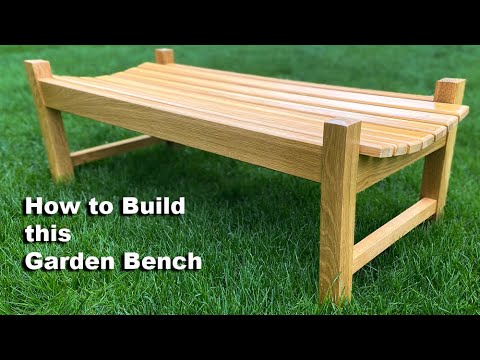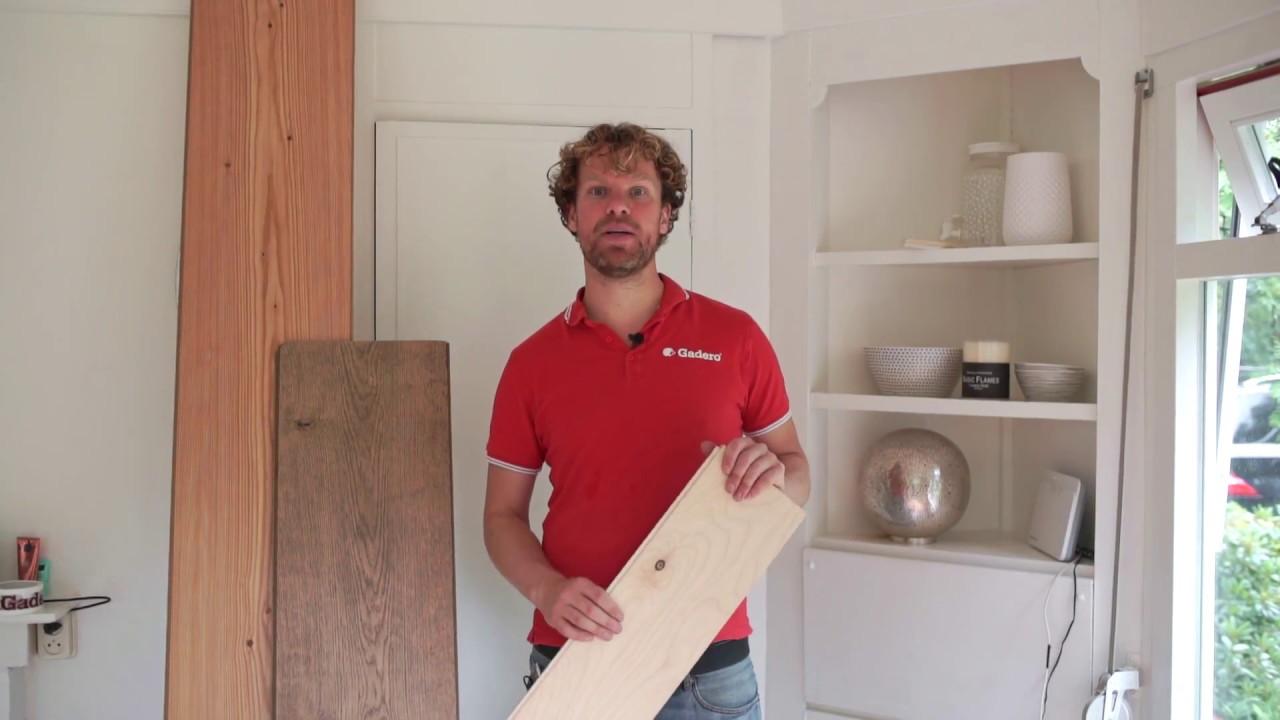tuinbanken hout
How to Build an Outdoor Garden Bench / Woodworking Project
Are you looking to add a cozy seating area to your garden? Building your own outdoor garden bench can be a rewarding woodworking project that not only enhances the aesthetics of your outdoor space but also provides a comfortable spot to relax and enjoy nature. In this article, we will guide you through the process of building a tuinbanken hout, sharing expert knowledge, tips, and techniques.
Table of Contents
- Choosing the Right Materials
- Gathering the Necessary Tools
- Designing Your Garden Bench
- Measuring and Cutting the Wood
- Assembling the Bench
- Finishing and Sealing
- Maintaining Your Garden Bench
Choosing the Right Materials
When it comes to building an outdoor garden bench, selecting the right materials is crucial for durability and longevity. Your bench will be exposed to various weather conditions, so it’s important to choose materials that can withstand the elements. The most popular material for outdoor furniture is wood, and specifically, tuinbanken hout (garden bench wood).
Tuinbanken hout is a type of wood that is specially treated to be resistant to rot, decay, and insect damage. It is commonly used in outdoor furniture due to its durability and natural beauty. Some popular choices for tuinbanken hout include teak, cedar, and acacia. These woods are known for their resistance to moisture and their ability to withstand harsh weather conditions.
In addition to choosing the right type of wood, consider using stainless steel or galvanized hardware for assembling your garden bench. These materials are corrosion-resistant and will ensure the longevity of your bench.
Gathering the Necessary Tools
Before starting your woodworking project, make sure you have all the necessary tools at hand. Here is a list of tools you will likely need:
- Tape measure
- Pencil
- Square
- Saw (circular or miter)
- Drill
- Hammer
- Screwdriver
- Sandpaper
- Clamps
- Paintbrush or roller
Having these tools ready will ensure a smooth and efficient building process.
Designing Your Garden Bench
Now that you have your materials and tools ready, it’s time to design your garden bench. Consider the following factors when designing your bench:
- Size: Determine how many people you want your bench to accommodate and the available space in your garden.
- Style: Choose a bench design that complements your outdoor aesthetic. Whether you prefer a classic, rustic, or modern look, there are numerous design options available.
- Comfort: Consider adding cushions or armrests to enhance the comfort of your bench.
Sketch out your design on paper or use a design software to visualize your ideas. This will help you make any necessary adjustments before starting the construction process.
Measuring and Cutting the Wood
Accurate measurements are crucial for a well-built garden bench. Use a tape measure, square, and pencil to mark the dimensions of each piece of wood. Remember to account for the width of the saw blade when making your cuts.
Once you have your measurements, use a saw (circular or miter) to cut the wood accordingly. Take your time to ensure clean and precise cuts. Sand the edges of the wood to smooth out any roughness.
Assembling the Bench
Now it’s time to assemble your garden bench. Follow these steps:
- Start by attaching the legs to the seat. Use clamps to hold the pieces in place before drilling pilot holes and securing them with screws.
- Attach the backrest to the seat, ensuring it is positioned at a comfortable angle. Again, use clamps and screws to secure the pieces together.
- If your design includes armrests, attach them to the sides of the bench using screws or bolts.
Take your time during the assembly process to ensure everything is aligned and secure. Double-check all connections before moving on to the next step.
Finishing and Sealing
Once your garden bench is assembled, it’s time to give it a finishing touch. Sand the entire bench to smooth out any rough surfaces or edges. This will not only enhance the appearance but also prevent splinters.
Next, choose a suitable finish for your bench. There are various options available, including paint, stain, or sealant. Consider using a waterproof sealant to protect the wood from moisture and UV rays. Follow the manufacturer’s instructions for application and drying times.
If you prefer a natural look, you can skip the finish and let the wood age gracefully, developing a beautiful patina over time.
Maintaining Your Garden Bench
To ensure the longevity of your garden bench, regular maintenance is essential. Here are some tips:
- Clean the bench regularly using mild soap and water. Avoid harsh chemicals that can damage the wood.
- Inspect the bench for any signs of wear or damage. Repair or replace any loose or broken parts.
- Reapply a fresh coat of sealant every few years to protect the wood from weathering.
By following these maintenance practices, you can enjoy your tuinbanken hout for many years to come.
Questions and Answers
Q: Can I use any type of wood for my garden bench?
A: While you can technically use any type of wood for your garden bench, it is recommended to choose tuinbanken hout (garden bench wood) that is specifically treated for outdoor use. These woods are more resistant to rot, decay, and insect damage.
Q: How long does it take to build an outdoor garden bench?
A: The time it takes to build a garden bench depends on various factors, such as your woodworking skills, the complexity of the design, and the number of people involved. On average, it can take anywhere from a few hours to a few days to complete the project.
Q: Can I customize the design of my garden bench?
A: Absolutely! Building your own garden bench allows you to fully customize the design to suit your preferences and outdoor space. Feel free to add unique features or modify existing designs to create a bench that is truly your own.
Conclusion
Building your own outdoor garden bench is a fulfilling woodworking project that combines functionality and aesthetics. By selecting the right materials, gathering the necessary tools, and following the step-by-step process, you can create a tuinbanken hout that will enhance your outdoor space for years to come. Remember to maintain your bench regularly to ensure its longevity and enjoy the comfort and beauty it provides.
My Woodworking Design Plans: https://jonpeters.com/design-plans/ Hi everyone! Right now is a great time to build this garden …





